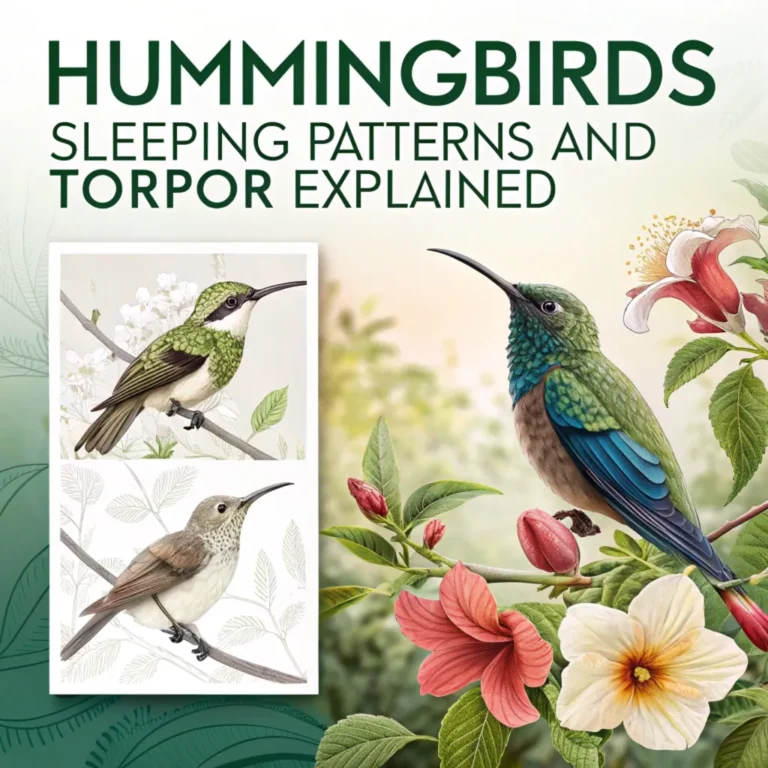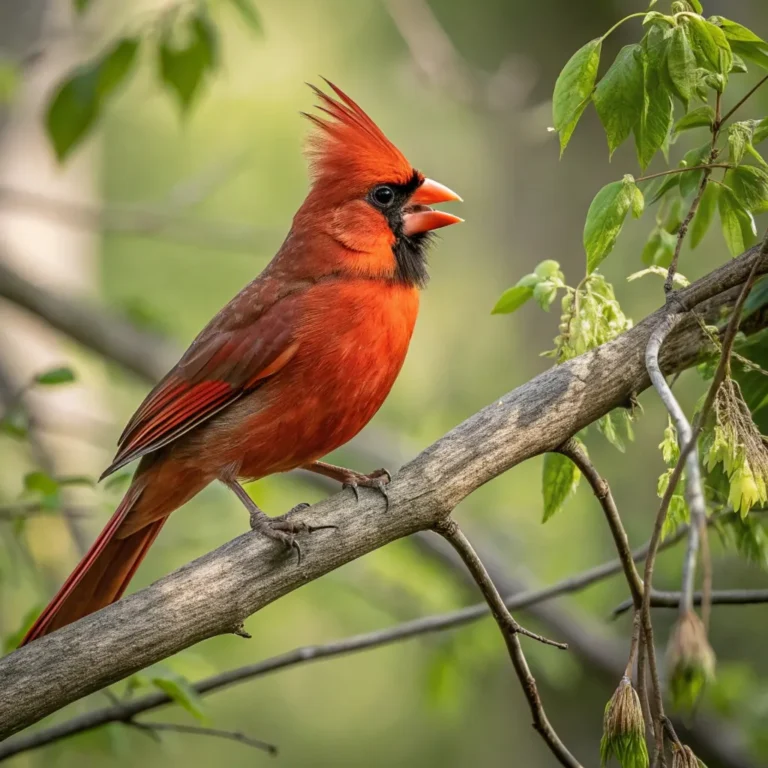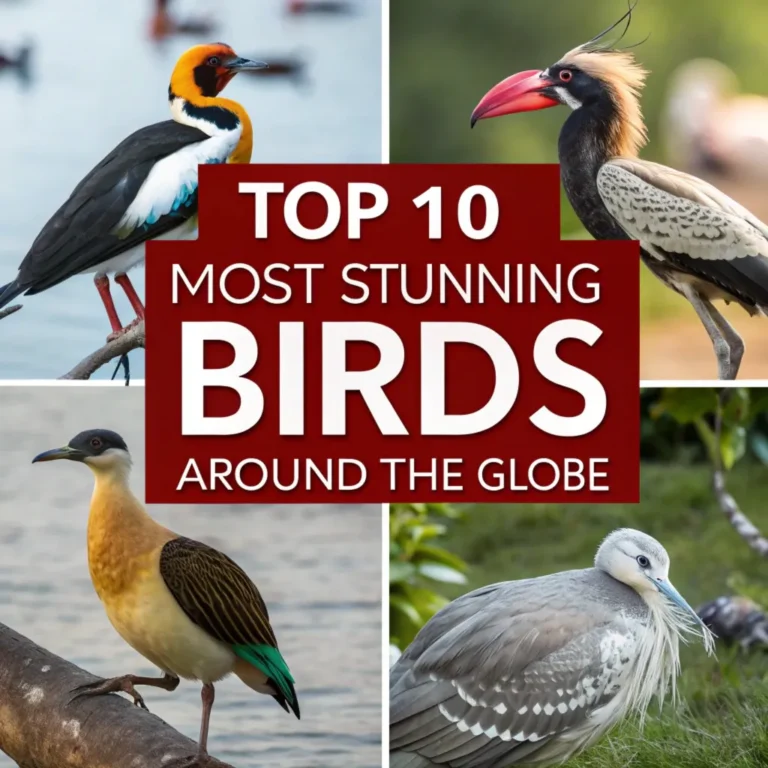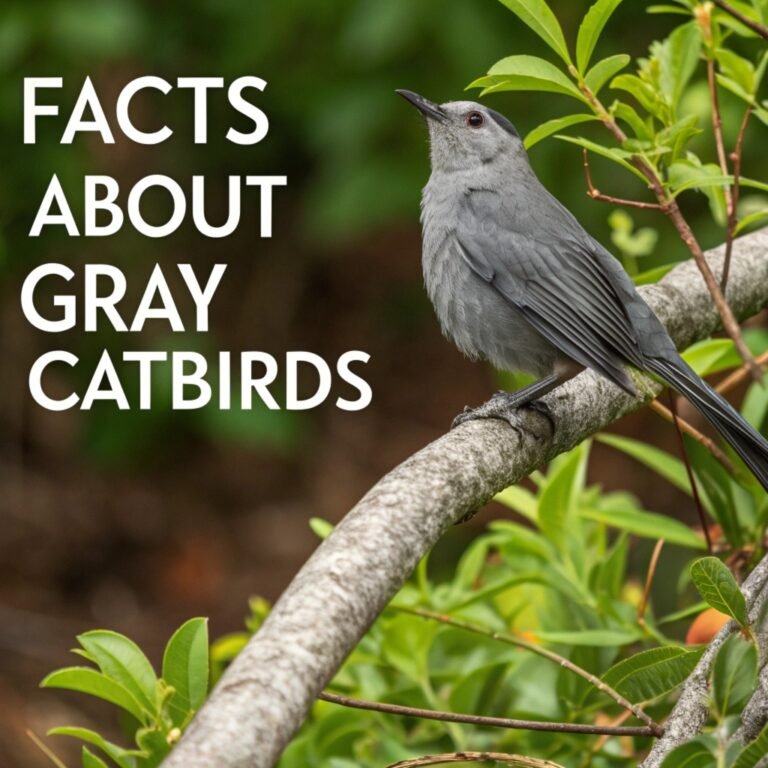Do Birds Fly at Night? Understanding Nocturnal Avian Behavior
Have you ever looked up at the night sky and wondered if birds are flying around in the dark? Many people think birds only fly during the day, but that’s not always true!
Some birds are night owls, just like some people stay up late. In this article, we’ll explore the exciting world of birds that fly at night.
We’ll learn about their special abilities, why they choose to fly in the dark, and how they find their way without bumping into things. Get ready to discover the secret nightlife of our feathered friends!
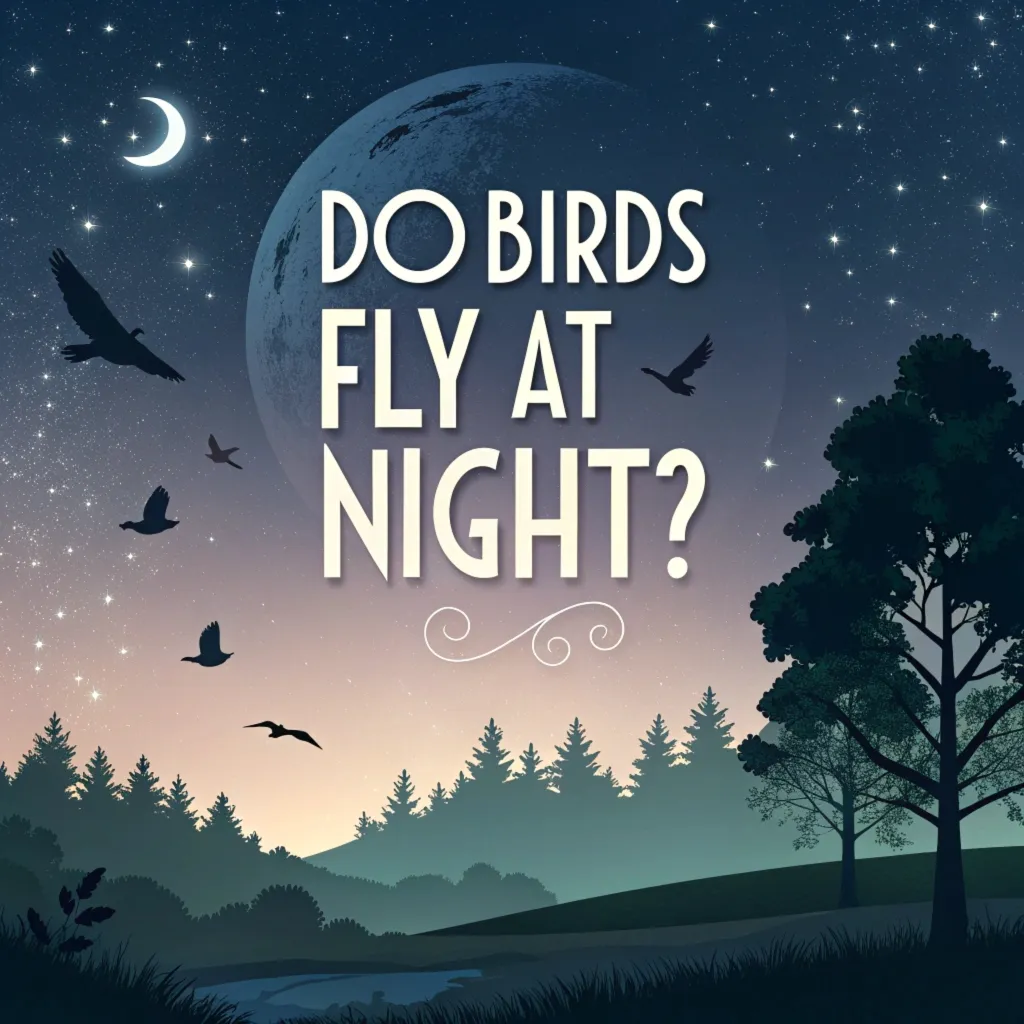
Key Takeaways
- Nocturnal flight is a common behavior among various bird species, including owls, nightjars, and some migratory songbirds.
- Birds that fly at night have specialized adaptations for low-light conditions, such as enhanced hearing and night vision.
- Migration is a significant reason for nocturnal flight, with many species choosing to travel under the cover of darkness.
- Nighttime flight offers several advantages, including predator avoidance, cooler temperatures, and access to specific food sources.
- Light pollution poses a significant threat to nocturnal birds, causing disorientation and increasing the risk of collisions.
- Some diurnal birds may occasionally engage in nocturnal flight for specific purposes, such as escaping danger or responding to environmental cues.
- Unihemispheric slow-wave sleep allows certain birds to rest while remaining partially alert during long-distance flights.
- Nocturnal birds have unique behaviors and adaptations that set them apart from their diurnal counterparts.
- Understanding nocturnal avian behavior is crucial for conservation efforts and mitigating human impacts on bird populations.
- Celestial navigation plays a vital role in guiding nocturnal migrants during their long-distance journeys.
The nocturnal activities of birds have long captivated human imagination, inspiring myths, legends, and scientific inquiry.
From the haunting calls of owls echoing through forests to the silent passage of migratory flocks overhead, these nighttime aviators have adapted to thrive in a world shrouded in darkness.
Their ability to navigate, hunt, and communicate in low-light conditions is a testament to the remarkable evolutionary adaptations that have shaped avian biology over millions of years.
As we explore the various aspects of nocturnal bird flight, it’s important to recognize the interconnectedness of these behaviors with broader ecological systems.
The timing of nocturnal migrations, for instance, can have ripple effects on entire ecosystems, influencing the distribution of seeds, the control of insect populations, and the dynamics of predator-prey relationships.
By understanding these complex interactions, we gain valuable insights into the delicate balance of nature and the critical role that nocturnal birds play in maintaining healthy, diverse environments.
Nocturnal Birds: Masters of the Night Sky
When we think of birds that fly at night, owls often come to mind first. These iconic nocturnal predators have evolved to thrive in low-light conditions, with large eyes that capture even the faintest glimmers of light.
But owls are not alone in their nighttime pursuits. Nightjars, such as the European Nightjar, are equally adept at navigating the darkness, using their exceptional night vision to catch flying insects.
The world of nocturnal birds extends far beyond these well-known examples. Seabirds like storm petrels and shearwaters conduct much of their oceanic foraging under the cover of darkness, taking advantage of the vertical migration of marine life that occurs each night.
In tropical regions, potoos perch motionless during the day, their cryptic plumage blending perfectly with tree bark, only to come alive at night as they sally forth to catch moths and beetles on the wing.
These nocturnal specialists have developed an array of unique adaptations that set them apart from their diurnal counterparts.
From enhanced sensory capabilities to specialized feather structures, every aspect of their biology has been fine-tuned by evolution to excel in the challenges posed by nighttime activity.
The diversity of nocturnal bird species serves as a testament to the adaptability of avian life and the myriad ways in which birds have come to occupy ecological niches that would otherwise remain unexploited.
Adaptations for Nocturnal Flight
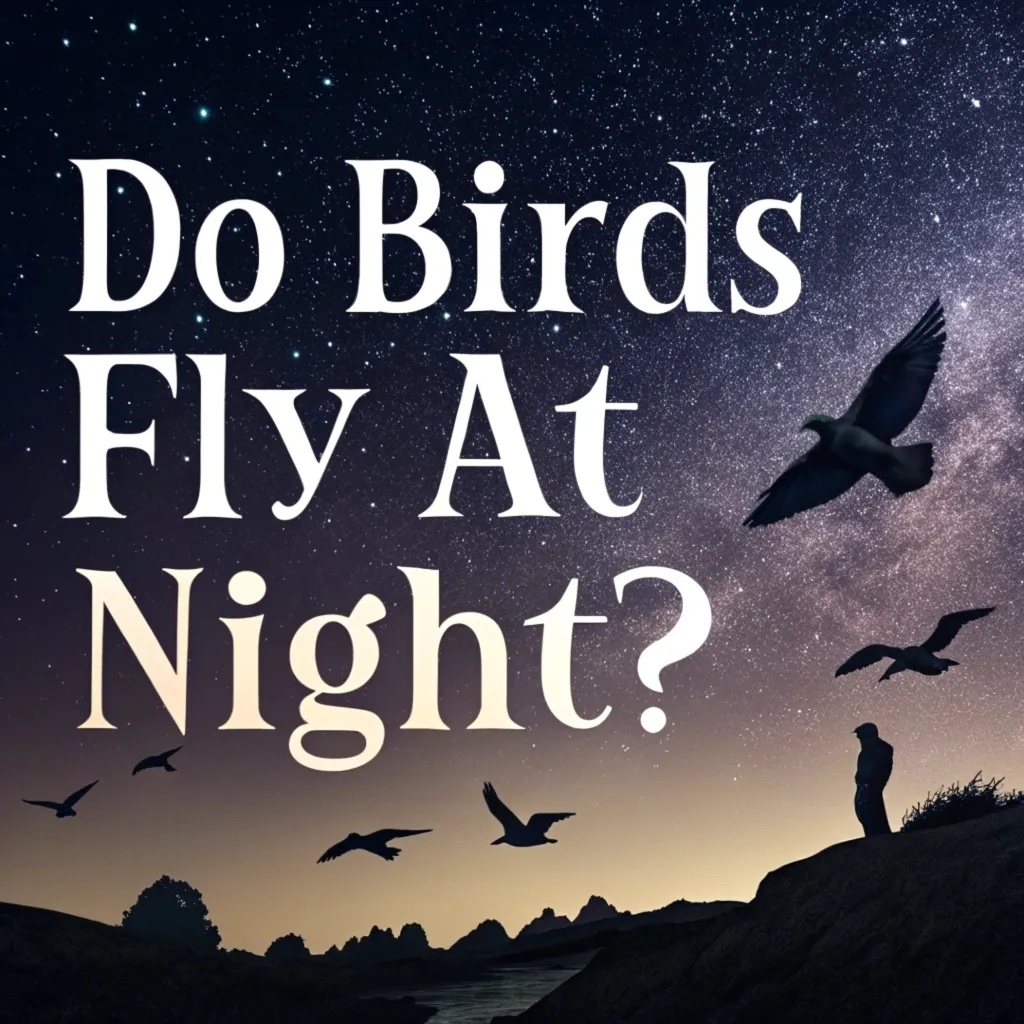
Birds that take to the skies after dark have developed remarkable adaptations to overcome the challenges of limited visibility:
- Enhanced Night Vision: Nocturnal birds have eyes with a high concentration of rod cells, which are sensitive to low light levels.
- Acute Hearing: Many night-flying birds, especially owls, have asymmetrical ear placements that allow for precise sound localization.
- Silent Flight: Owls have evolved specialized feathers that muffle the sound of their wings, enabling them to approach prey undetected.
The sensory capabilities of nocturnal birds are truly extraordinary, often surpassing those of their daytime counterparts in specific areas.
For instance, the barn owl’s hearing is so acute that it can locate prey by sound alone, even in complete darkness.
This remarkable ability is due to the asymmetrical placement of its ears, with one slightly higher than the other, allowing for precise triangulation of sound sources.
Visual adaptations in nocturnal birds go beyond simply having large eyes. Many species possess a reflective layer behind the retina called the tapetum lucidum, which enhances light sensitivity by reflecting light back through the retina a second time.
This adaptation gives nocturnal birds the characteristic eyeshine often seen when light is shone on them at night. Additionally, some nocturnal birds have evolved tubular eyes that provide a larger image on the retina, further enhancing their ability to see in low-light conditions.
The Migratory Nightlife
While some birds are permanent night owls, others only embrace the darkness during specific times of the year.
Migratory songbirds often choose to undertake their epic journeys under the cover of night. This nocturnal travel offers several advantages:
- Cooler Temperatures: Flying at night helps birds avoid overheating during long-distance flights.
- Calmer Air: Nighttime typically brings more stable atmospheric conditions, making for smoother flights.
- Predator Avoidance: The darkness provides protection from daytime predators like hawks and falcons.
The phenomenon of nocturnal migration is a testament to the incredible endurance and navigational abilities of birds.
Species like the Swainson’s thrush and the blackpoll warbler undertake marathon flights that can last for days, covering thousands of kilometers without stopping.
These journeys are made possible by a suite of physiological adaptations, including the ability to dramatically increase fat stores before migration and to efficiently metabolize this energy during flight.
Nocturnal migration also highlights the importance of stopover sites along migratory routes. These areas provide crucial resting and refueling opportunities for birds undertaking long-distance flights.
Conservation efforts focused on protecting and maintaining these stopover habitats are essential for the survival of many migratory species.
Understanding the timing and patterns of nocturnal migration can help inform these conservation strategies, ensuring that critical resources are available when and where birds need them most.
Timing is Everything: When Night Birds Take Flight
Research has revealed fascinating insights into the precise timing of nocturnal bird departures.
A study published in Movement Ecology found that 90% of migratory songbirds begin their nighttime journeys within a narrow 69-minute window after dusk. This consistent departure time maximizes the hours of darkness available for flight.
The synchronization of departure times among nocturnal migrants is a remarkable example of how birds have evolved to optimize their chances of survival during these perilous journeys.
By leaving shortly after sunset, birds can take advantage of the maximum amount of darkness while still having enough light to orient themselves using visual cues from the landscape below.
This timing also allows them to reach their destination or a suitable stopover site before the heat of the following day sets in.
Environmental cues play a crucial role in triggering these precisely timed departures.
Factors such as changes in day length, shifts in barometric pressure, and even the Earth’s magnetic field all contribute to the complex decision-making process that birds undergo before embarking on their nocturnal flights.
Understanding these triggers can help scientists better predict migration patterns and potentially mitigate human-caused disruptions to these critical journeys.
Celestial Navigation: Stars as Guiding Lights

How do birds find their way in the dark? Many nocturnal migrants use a star compass to navigate, learning north-south orientation from rotational star patterns.
This celestial guidance system allows birds to maintain their course over vast distances, even on moonless nights.
The ability of birds to navigate using celestial cues is a testament to their cognitive sophistication and the power of innate learning.
Young birds appear to have an inherited ability to recognize key star patterns, particularly the rotation of stars around the celestial poles.
This innate knowledge is then refined through experience, allowing birds to make increasingly precise navigational decisions as they mature.
Experimental studies have shown that birds can quickly adapt their celestial navigation strategies when exposed to artificial star patterns in planetariums.
This flexibility suggests that birds are not simply following a rigid, pre-programmed set of instructions but are capable of learning and adjusting their navigational techniques based on the available celestial information.
This adaptability is crucial for successful migration, especially in an era of increasing light pollution and changing climate patterns that may alter traditional navigational cues.
The Pressure’s On: Weather and Nocturnal Flight
Birds don’t just randomly choose when to begin their nighttime flights. They act as natural meteorologists, using atmospheric cues to select the optimal conditions for their journey.
Studies have shown that birds are more likely to depart on nights when atmospheric pressure has been rising over the past 24 hours, typically indicating fair weather ahead.
The ability of birds to interpret weather patterns and make informed decisions about when to fly is a critical survival skill. Rising atmospheric pressure often precedes clear skies and favorable tailwinds, which can significantly reduce the energy costs of long-distance flight.
Conversely, birds tend to avoid departing when atmospheric pressure is falling, as this can signal approaching storms or headwinds that would make their journey more challenging and dangerous.
This weather-dependent behavior highlights the importance of reliable meteorological conditions for successful bird migration. As climate change leads to more erratic weather patterns, birds may face increasing challenges in predicting favorable flight conditions.
Conservation efforts aimed at mitigating climate change and preserving traditional migratory routes are therefore crucial for the long-term survival of many nocturnal migrant species.
Unihemispheric Sleep: Resting on the Wing
One of the most remarkable adaptations of some nocturnal flyers is their ability to engage in unihemispheric slow-wave sleep.
This unique form of rest allows birds to shut down half of their brain while keeping the other half alert. This adaptation enables them to sleep and navigate simultaneously during long-distance flights.
Unihemispheric sleep is a fascinating example of how birds have evolved to overcome the physiological challenges of long-distance nocturnal flight.
By alternating which hemisphere of the brain is sleeping, birds can maintain a state of semi-consciousness that allows them to continue flying while still obtaining some of the restorative benefits of sleep.
This ability is particularly crucial for species that undertake non-stop flights over vast expanses of ocean, where landing to rest is not an option.
Research into unihemispheric sleep in birds has broader implications for our understanding of sleep physiology across different species.
It challenges our traditional notions of sleep as an all-or-nothing state and raises intriguing questions about the minimum requirements for restorative rest.
Studying this phenomenon in birds may provide insights into sleep disorders in humans and potentially lead to novel approaches for managing sleep in situations where continuous alertness is necessary, such as long-distance driving or extended space missions.
The Dark Side of Light: Challenges for Night-Flying Birds
While the night sky offers many advantages for avian travelers, it also presents significant challenges, particularly in our modern world:
- Light Pollution: Artificial lighting can disorient nocturnal birds, leading to exhaustion, increased predation risk, and collisions with structures.
- Urban Sprawl: The growth of cities along major migration routes has intensified the threat of light pollution for night-flying birds.
The impact of light pollution on nocturnal birds is a growing concern for conservationists and ornithologists. Artificial lighting can disrupt the natural light-dark cycles that birds rely on for navigation, foraging, and breeding behaviors.
In urban areas, bright lights can attract and disorient migrating birds, causing them to circle illuminated structures until they collapse from exhaustion. This phenomenon, known as light entrapment, can lead to significant mortality events, particularly during peak migration periods.
Urban development along coastlines and major flyways poses a particular threat to nocturnal migrants. As cities expand, they create barriers of light that can interfere with traditional migration routes.
This can force birds to expend precious energy navigating around these obstacles or risk the dangers of flying through brightly lit areas.
Conservation efforts focused on creating dark sky reserves and implementing bird-friendly lighting practices in urban areas are crucial for mitigating these impacts and ensuring safe passage for nocturnal flyers.
Nocturnal Songsters: Music in the Moonlight
Not all nocturnal bird activity involves long-distance travel. Some birds, like the nightingale, are known for their beautiful nighttime serenades.
These nocturnal singers take advantage of the quiet night to broadcast their songs far and wide, attracting mates and defending territories.
The nocturnal songs of birds serve a variety of purposes beyond mere mate attraction. For some species, nighttime vocalizations play a crucial role in territorial defense, allowing birds to maintain their breeding grounds without the need for physical confrontations.
In other cases, nocturnal singing may be a strategy to avoid acoustic competition with other species that are more vocal during daylight hours.
Studying nocturnal bird vocalizations presents unique challenges for researchers, but it also offers valuable insights into avian communication and behavior.
Advances in bioacoustics technology, such as automated recording devices and sophisticated sound analysis software, have greatly enhanced our ability to document and understand the nighttime soundscapes created by birds.
This research not only contributes to our scientific knowledge but also helps inform conservation strategies aimed at protecting the habitats and behaviors of these nocturnal songsters.
Diurnal Birds That Occasionally Fly at Night
While some birds are strictly nocturnal, others typically associated with daytime activity may occasionally take to the night skies:
- Waterfowl: Ducks and geese sometimes fly at night during migration or when disturbed.
- Shorebirds: Many shorebird species migrate at night, taking advantage of cooler temperatures and calmer winds.
The ability of diurnal birds to adapt to nocturnal flight when necessary demonstrates the remarkable flexibility of avian behavior. This adaptability can be crucial for survival, allowing birds to respond to changing environmental conditions or threats.
For instance, waterfowl may engage in nocturnal flights to avoid predators or human disturbances, or to take advantage of favorable weather conditions for long-distance travel.
Occasional nocturnal flight in typically diurnal species also highlights the importance of preserving dark skies and minimizing light pollution across a wide range of habitats.
Even birds that are not primarily nocturnal may rely on periods of darkness for certain critical behaviors or during specific life stages.
Conservation efforts that take into account the potential for nocturnal activity among a diverse array of bird species can help ensure the protection of both habitual night flyers and those that only occasionally venture into the night sky.
The Importance of Nocturnal Bird Behavior for Conservation
Understanding the nocturnal habits of birds is crucial for conservation efforts. By recognizing the importance of dark skies and undisturbed habitats, we can better protect these remarkable night flyers:
- Dark Sky Initiatives: Promoting light pollution reduction to create safer passage for nocturnal migrants.
- Habitat Preservation: Protecting key stopover sites and roosting areas along migration routes.
- Research and Monitoring: Continuing to study nocturnal bird behavior to inform conservation strategies.
Conservation efforts focused on nocturnal birds must take a holistic approach, addressing not only the direct threats to these species but also the broader ecological systems in which they play a vital role.
For example, protecting the habitats of nocturnal insectivores like nightjars not only benefits these birds but also helps maintain healthy ecosystems by controlling insect populations.
Similarly, preserving the stopover sites used by nocturnal migrants can have far-reaching effects on biodiversity, as these areas often serve as important habitats for a wide range of plant and animal species.
Technological advancements are playing an increasingly important role in nocturnal bird conservation. Radar technology, originally developed for meteorology, has become a valuable tool for tracking nocturnal bird migrations on a large scale.
This allows researchers to identify critical flyways and stopover sites that may require protection.
Additionally, GPS tracking devices have revolutionized our understanding of individual bird movements, providing unprecedented insights into migration routes, habitat use, and the challenges faced by nocturnal flyers throughout their annual cycles.
FAQs About Nocturnal Bird Flight
Why do some birds choose to fly at night?
Birds fly at night for various reasons, including migration, predator avoidance, and access to specific food sources. Nighttime flight offers cooler temperatures and calmer air conditions, which can be beneficial for long-distance travel.
How do nocturnal birds see in the dark?
Nocturnal birds have specialized eyes with a high concentration of rod cells, which are sensitive to low light levels. Some species, like owls, also have large eyes that capture more light, enhancing their night vision capabilities.
Can all birds fly at night if they need to?
While not all birds are adapted for regular nocturnal flight, many species can fly at night if necessary. However, birds that are not typically nocturnal may struggle with navigation and obstacle avoidance in low-light conditions.
How does light pollution affect nocturnal birds?
Light pollution can disorient nocturnal birds, disrupting their navigation and migration patterns. It can also lead to exhaustion, increased predation risk, and collisions with buildings or other structures.
Do nocturnal birds sleep during the day?
Yes, most nocturnal birds sleep during daylight hours. They often roost in sheltered areas, such as dense foliage or tree cavities, to avoid predators and stay cool.

Joyce is the passionate founder of Chirping Hearts, a website dedicated to sharing her love for birds and providing valuable information about avian life. With a background in ornithology and years of experience in birdwatching, Joyce aims to inspire others to appreciate the beauty and diversity of birds. Through her engaging articles and guides, she hopes to foster a community of bird enthusiasts who share her enthusiasm for these incredible creatures. When she’s not writing, Joyce enjoys exploring nature trails and observing birds in their natural habitats.



